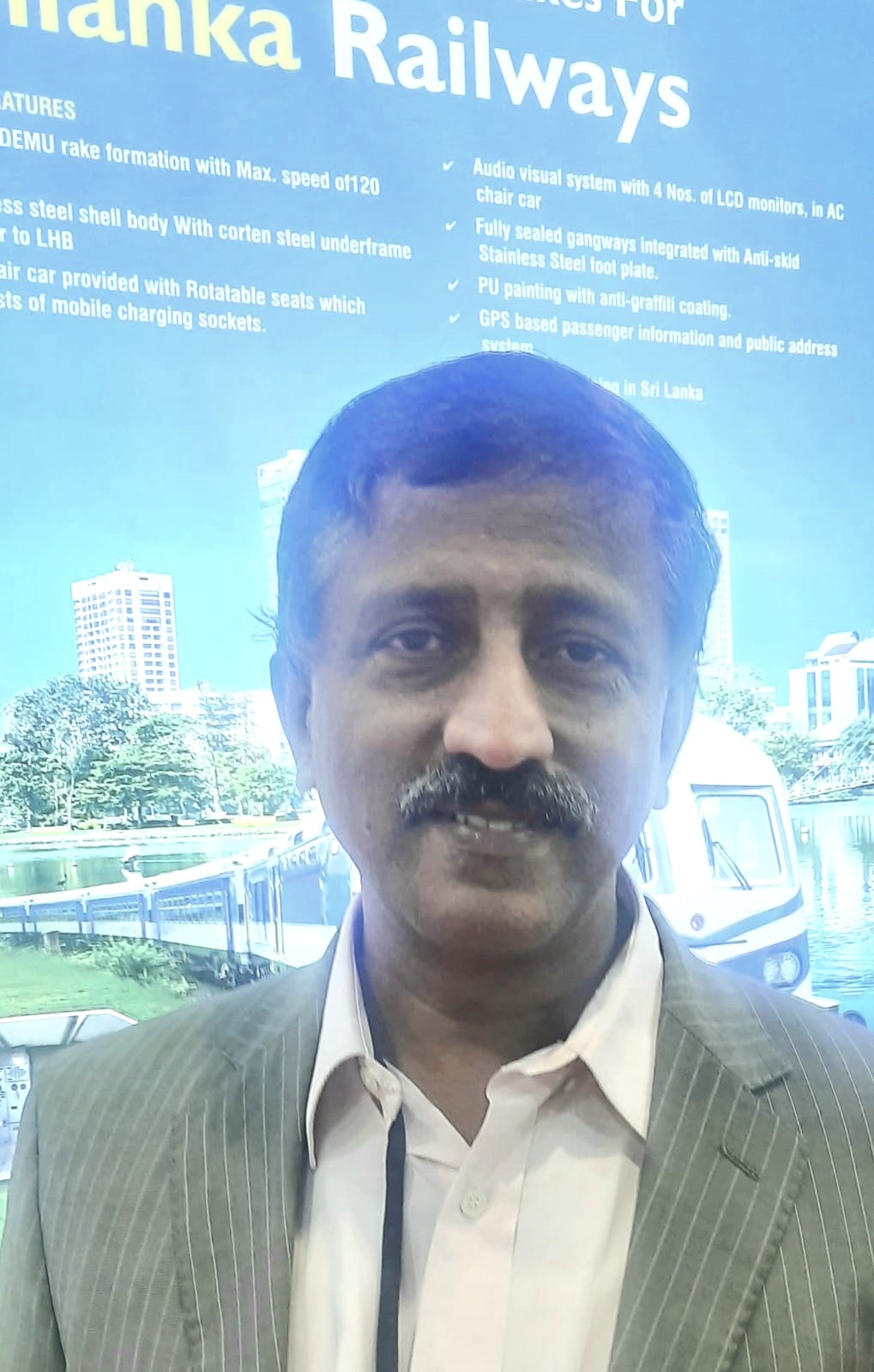International Day of Yoga 2024, themed “Yoga for Self and Society,” epitomizes the profound interconnectedness between personal well-being and communal harmony. Yoga, an ancient discipline, extends beyond physical postures and breath control, encompassing mental clarity, emotional resilience, and spiritual awakening.
Embracing yoga embarks individuals on a voyage of self-discovery, fostering inner peace, mindfulness, and a balanced lifestyle. This personal metamorphosis naturally radiates outward, nurturing empathy, compassion, and collective consciousness. In today’s fast-paced, digitally-driven world, the significance of yoga in cultivating self-awareness cannot be overstated.
As we deepen our understanding of our minds and bodies, we enhance our ability to manage stress, anxiety, and other modern challenges. This heightened self-awareness and inner tranquility contributes to healthier, more harmonious relationships within our communities. Moreover, yoga’s emphasis on unity and oneness is a powerful reminder of our shared humanity.
Practiced collectively, yoga becomes a potent force for bridging cultural, social, and economic divides, promoting inclusivity and global solidarity. Through this dual focus on individual and societal well-being, yoga can also catalyze profound change, urging us to envision a world where personal health and societal harmony are inseparable. International Day of Yoga 2024 thus celebrates yoga’s transformative power in nurturing both the self and society.
On this auspicious occasion, senior journalist P. Srinivasan of The Interview World engages in an enlightening dialogue with Yogacharya Dhakaram on the multifaceted dimensions of yoga. Before delving into the interview, let us acquaint ourselves with the illustrious profile of Yogacharya Dhakaram.
Yogacharya Dhakaram, globally renowned, ardently follows the teachings of Yoga luminaries such as Shri SK Jindal, Shri BKL Iyengar, Shri Karunakaran, Shri Sadashiv Nimbalkar, and Geeta Maa. Founder of the YogaPeace Sansthan in Jaipur, he is proficient in various alternative therapies including naturopathy, sujok, acupuncture, acupressure, color therapy, magnet therapy, twist therapy, smile yoga, meditation, reiki, and pranic healing.
His 2018 Hindi publication “Ek Kadam Swasthya se Anand ki Ore” stands testament to his literary prowess. With over 175 national and international accolades, Yogacharya Dhakaram has conducted transformative yoga workshops across India, Nepal, China, Vietnam, Thailand, Germany, Romania, Argentina, Turkey, Oman, the UK, and the USA. Offering specialized courses in therapeutic yoga, yoga teacher training, corporate yoga, yoga for sports, and Anandam, he continues to inspire through his dedication and expertise.
Here are excerpts from the enriching dialogue with Yogacharya Dhakaram.

Q: What initially sparked your interest in practicing yoga?
A: At the tender age of 9, I ventured to Jaipur from Nepal in the company of my uncle. Initially captivated by martial arts, my passion soon veered towards yoga at the age of 11, ignited by my voracious reading on the subject. I embarked on a solitary journey into yoga, eventually finding guidance under the esteemed Yoga Guru Shri SK Jindal. By 1993, I had already embarked on my illustrious career as a yoga instructor, a path I continue to tread with unwavering dedication.
Q: Did the practice of yoga in India gain popularity only after its health benefits were recognized by Western countries, despite its origins in India?
A: Yoga, once dismissed as an activity solely for the elderly, garnered widespread attention following Baba Ramdev’s fervent advocacy starting in 2002. The United Nations’ proclamation in December 2014 designating June 21 as International Day of Yoga further propelled its global recognition. While many now partake in yoga sessions and share photos on social media to commemorate this occasion, I implore all to embrace yoga as a daily ritual, as essential as eating and breathing.
Q: Are online yoga classes an effective way to learn yoga?
A: Participating in online yoga classes offers a superior alternative to sedentary habits. However, for the pinnacle of yoga proficiency, guidance under a certified instructor is indispensable. This also ensures impeccable alignment, mitigates injury risks, and enriches the experience through personalized feedback and steadfast support throughout the practice sessions.
Q: What are the different types of yoga, and how do they differ from one another in terms of practice and benefits?
A: There exists a plethora of yoga disciplines—Hatha, Raj, Dhyana, Bhakti, and Sahaj, among others—each dedicated to attaining sublime bliss. Concurrently, newer incarnations like Hot Yoga, Aerial Yoga, and Beer Yoga have surfaced in the market. Regrettably, these contemporary renditions bear no tether to the venerable foundations of authentic yogic traditions. While traditional yoga harmonizes spiritual and physical elements, these modern trends gravitate towards fleeting novelty and fitness fads, forsaking the essence of true yogic wisdom.
Q: What are some alternative career paths related to yoga that one might consider?
A: Yoga emerges as a splendid career choice, offering lucrative earning potential for aspiring instructors. Many universities now integrate yoga into their academic curricula. The Ministry of Ayush, under India’s government, administers rigorous 200-hour and 400-hour yoga courses, culminating in rigorous examinations. Achieving a commendable 70% score certifies one as a qualified yoga teacher. Graduates of Yogapeace Sansthan also boast impressive earnings, ranging from Rs 1-1.5 lakh per month in their roles as esteemed yoga educators.
Q: What do you think the future holds for the practice and popularity of yoga?
A: Yoga’s global trajectory gleams with promise, enriching life incomparably. Its transformative power to quell conflict and violence is profound. Envision a world where universal yoga practice heralds unprecedented peace. Many conflicts stem from inner discontent and turmoil, sentiments that yoga pacifies, fostering harmony, health, and profound contentment. Mastering Hatha Yoga, through asanas, pranayama, and meditation, unveils the path to ultimate bliss.
Q: How effective is yoga in treating or managing various diseases?
A: Yoga proffers panaceas for myriad maladies through its rejuvenating methodologies. The sine qua non here is patience, for the corpus convalesces autonomously. I orchestrate bespoke medical yoga regimens catering to a gamut of afflictions: from knee replacements and arthritis to cervical spondylosis, slip disc, and thyroid disorders.
Our specialized interventions extend to combatting sciatica, indigestion, PCOD, irregular menses, and fertility issues. Special programs are meticulously curated for cancer patients. Yoga not only fortifies immunity but also assuages stress, augments vitality, and nurtures a sanguine disposition.









